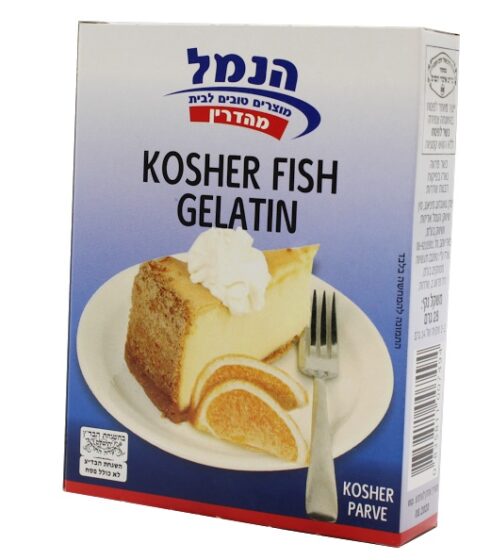

He and his staff established effective kashrut supervision standards for modern food production technology which made possible the explosion in the availability of OU certified packaged kosher products across the US since the 1950s.īy the mid-1930s, the OU kashrut division had matured enough to influence and challenge the traditional local rabbinic "sole practitioner" kashrut supervision model. The wide acceptance of OU kashrut supervision rested largely upon the outstanding reputation of its rabbinic administrator, Rabbi Alexander S. In 1935, Goldstein left the OU and started his own organization, Organized Kashruth Laboratories (OK). The OU's kashrut program was heavily influenced by Abraham Goldstein, a chemist who used his knowledge of food science to determine the kosher status of various products. Because of this, after much negotiation, the Orthodox Union agreed to drop the word "kosher" from their initial design in favor of the less Jewish-sounding "OU" symbol. Company executives at Heinz were afraid of alienating non-Jewish customers. Heinz Company's vegetarian beans became the first product to be kosher certified by the OU. In the 1920s, the OU started its kashrut division, establishing the concept of community-sponsored, not-for-profit kashrut supervision.

It was also involved in efforts to serve the religious needs of American Jewish soldiers as well as relief for European Jewry. The OU played an active role in advocating for public policies important to Orthodox practice, such as advocating for the five-day work week and defending the right to kosher slaughter. Under Goldstein, the OU and its Rabbinical Council, became a founding member of the Synagogue Council of America, along with representatives of the Reform and Conservative movements and their rabbinic affiliates. Goldstein, the innovative spiritual leader of the West Side Institutional Synagogue of Manhattan became the president of the OU. The OU became more active in broader American Jewish policy issues after 1924, when Rabbi Herbert S. Representatives of 150 Orthodox congregations, with an estimated membership of 50,000, participated in the OU's 1919 national convention. The OU was soon acknowledged within the American Jewish establishment as the main, but not exclusive mouthpiece for the American Orthodox community. Nevertheless, the idea for a national Orthodox congregational body took hold. Some Orthodox rabbis viewed the nascent OU and the rabbis of its synagogues as too "modern" in outlook, and thus did not participate in it, instead setting up their own more stringent rabbinical organizations. Development ĭuring the early decades of its existence, the Orthodox Union was closely associated with and was a supporter of the development of Yeshiva University into a major Jewish educational institution producing English-speaking, university-trained American rabbis for the pulpits of OU synagogues. Only around 1950 did Conservative and Modern Orthodox Judaism fully coalesce as opposing movements. The OU, JTS and RIETS were closely connected, with an alumnus of the latter two serving in the former's communities, until the postwar era.

Only at that time did Mendes begin to distinguish between "Conservative" and "Modern Orthodox" Judaism in his diary, though he could not articulate the difference. Ĭracks between the OU and JTS first formed in 1913, when Solomon Schechter decided all alumni of the institution will be allowed to apply for managerial positions in the newly created United Synagogue of America (then a non-denominational communal organization), though his close ally Rabbi Frederick de Sola Mendes advocated that only strictly pious ones should be so approved. Its founding members were predominately modern, Western-educated Orthodox rabbis and lay leaders, of whom several were affiliated with the Jewish Theological Seminary (JTS), which originated as an Orthodox institution to combat the hegemony of the Reform movement. The Union of Orthodox Jewish Congregations of America was founded as a lay synagogue federation in 1898 by Rabbi Henry Pereira Mendes. Its synagogues and their rabbis typically identify themselves with Modern Orthodox Judaism.

The OU maintains a kosher certification service, whose circled-U hechsher symbol, U+24CA Ⓤ, is found on the labels of many kosher commercial and consumer food products. Founded in 1898, the OU supports a network of synagogues, youth programs, Jewish and Religious Zionist advocacy programs, programs for the disabled, localized religious study programs, and international units with locations in Israel and formerly in Ukraine. The Orthodox Union (abbreviated OU) is one of the largest Orthodox Jewish organizations in the United States. Union of Orthodox Jewish Congregations of America


 0 kommentar(er)
0 kommentar(er)
